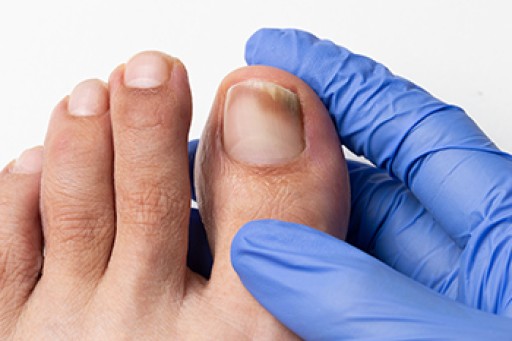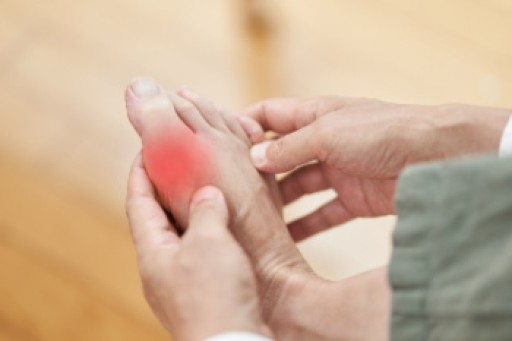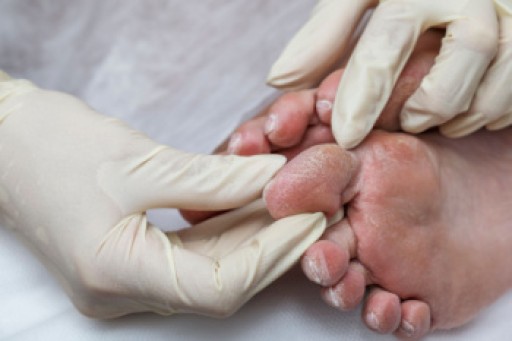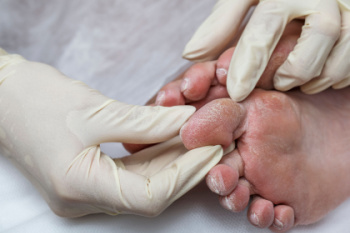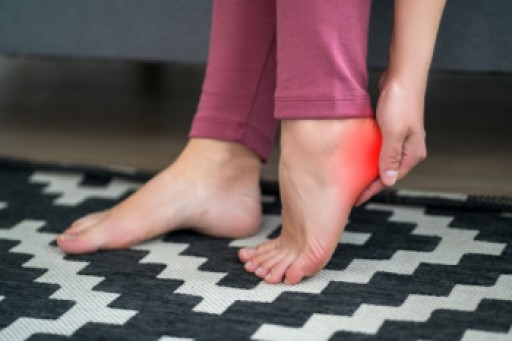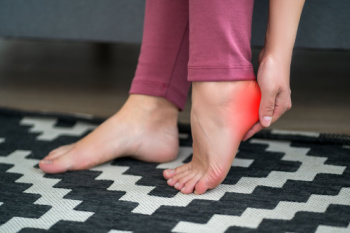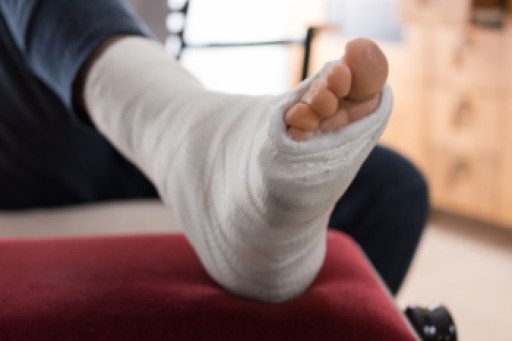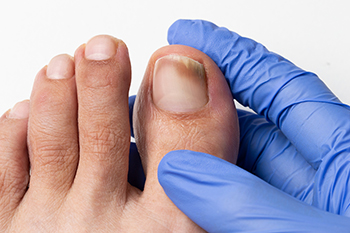
Toenail fungus, medically known as onychomycosis, is an infection caused by fungi that feeds on keratin which is the protein that makes up the hard surface of the toenails. This often leads to thickened, discolored, brittle, or distorted nails. Risk factors include poor foot hygiene, excessive moisture, wearing tight shoes, or having conditions like diabetes or weakened immunity. Diagnosis is made through a clinical exam and sometimes a lab test to confirm the fungal source. If you have symptoms of toenail fungus, it is suggested that you consult a podiatrist who can offer you effective treatment solutions, which may include prescribed medication.
For more information about treatment, contact one of our podiatrists of Lewis Wolstein, DPM, P.C. & Associates. Our doctors can provide the care you need to keep you pain-free and on your feet.
Toenail Fungus Treatment
Toenail fungus is a condition that affects many people and can be especially hard to get rid of. Fortunately, there are several methods to go about treating and avoiding it.
Antifungals & Deterrence
Oral antifungal medicine has been shown to be effective in many cases. It is important to consult with a podiatrist to determine the proper regiment for you, or potentially explore other options.
Applying foot powder on the feet and shoes helps keep the feet free of moisture and sweat.
Sandals or open toed shoes – Wearing these will allow air movement and help keep feet dry. They also expose your feet to light, which fungus cannot tolerate. Socks with moisture wicking material also help as well.
If you have any questions please contact our office located in Co-Op City, NY . We offer the newest diagnostic and treatment technologies for all your foot and ankle needs.
